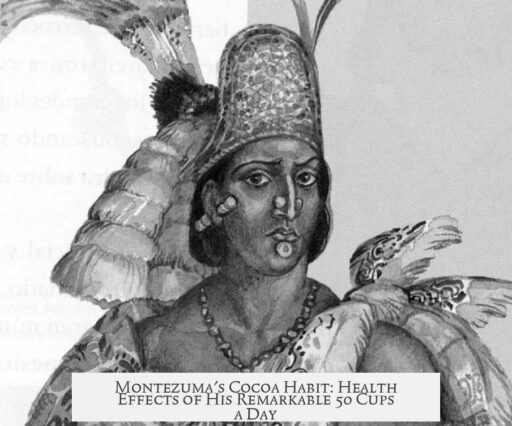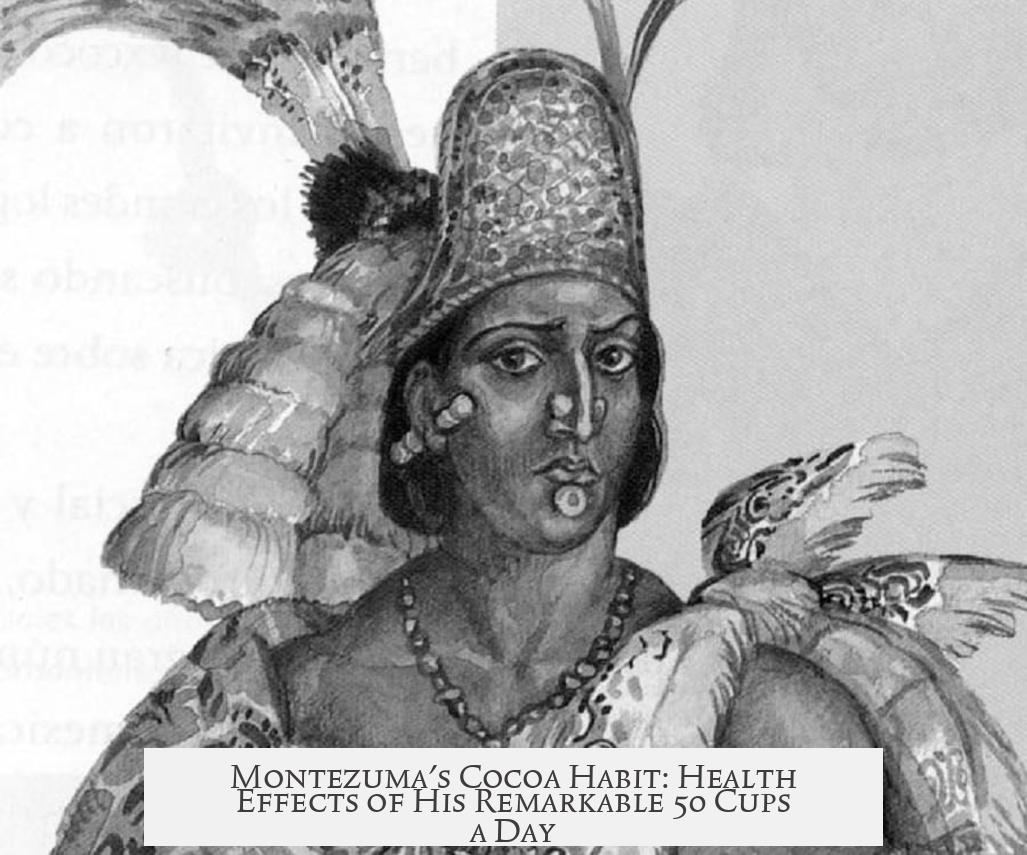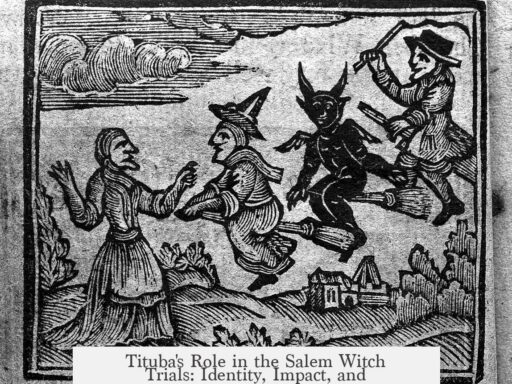Montezuma’s reputed consumption of 50 cups of cocoa a day likely did not produce documented health effects, as this figure is probably exaggerated for status. The ancient cocoa beverage he consumed differed significantly from modern hot chocolate, emphasizing pure ground cocoa, water, and chili, without sugar. This bitter, spicy drink delivered antioxidants, caffeine, and vitamins and minerals, which might have offered some health benefits.
Ancient Mesoamerican cocoa drinks contrast sharply with today’s sweetened hot chocolate. Sugar came from the Old World and was absent in pre-Columbian Americas. Instead, the Aztec emperor Montezuma’s cocoa included pure cocoa powder and chili peppers, making it a robust, bitter beverage. Reports highlight that the drink was spicy rather than sweet.
The claim that Montezuma consumed up to 50 cups daily is likely an exaggeration. Cacao held high cultural and economic value and was considered semi-sacred. Its importance extended beyond nutrition; it represented wealth and power. This context suggests the large consumption reports serve as prestige symbols rather than factual accounts.
Historically, valuable items such as spices or cacao often symbolized status rather than routine consumption. Montezuma’s supposed intake is comparable to Medieval European monarchs flaunting imported spices to show prosperity at feasts. Drinking enormous quantities of this rare commodity would signify his wealth and authority, not necessarily his health practices.
The actual health impact of Montezuma’s cocoa depends on the drink’s components. Chili peppers and cocoa contain antioxidants and small amounts of caffeine. These ingredients could improve alertness and offer microscopic nutritional benefits. However, no explicit historical records detail health effects from this beverage consumption.
| Aspect | Details |
|---|---|
| Drink Composition | Pure ground cocoa, chili, water; no sugar |
| Reported Consumption | 50 cups per day likely exaggerated |
| Cultural Significance | Cacao as sacred and high-value currency |
| Health Effects | Possible antioxidant and caffeine benefits; no documented outcomes |
- The figure of 50 cups is probably symbolic to show Montezuma’s wealth and status.
- Montezuma’s cocoa was a bitter, chili-spiced beverage, unlike modern sweet hot chocolate.
- Cacao’s cultural role made consumption a prestige display more than a daily habit.
- Health benefits from antioxidants and caffeine are possible but not historically recorded.
Did Montezuma Really Drink 50 Cups of Cocoa a Day? Exploring the Health Effects of His Legendary Beverage
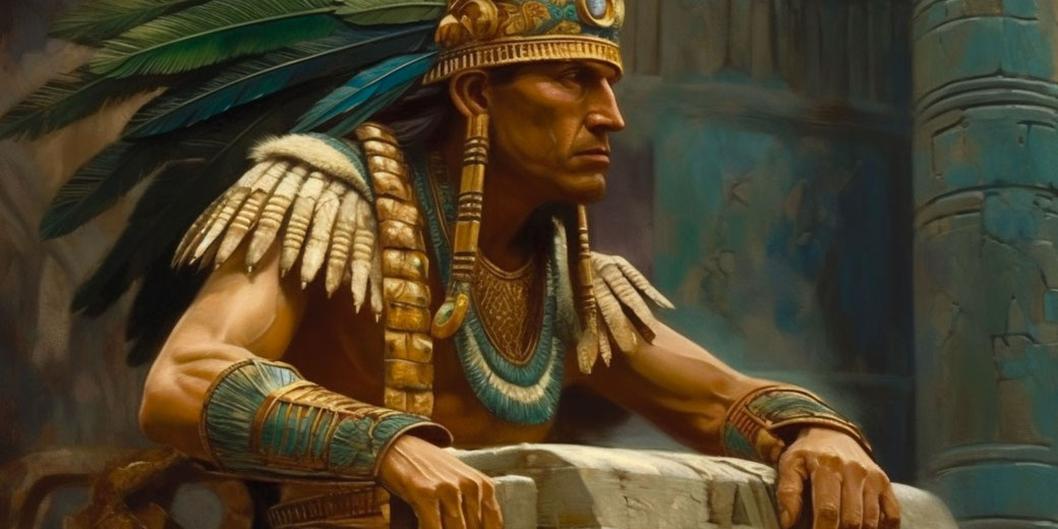
It’s often claimed that Montezuma, the Aztec emperor, drank 50 cups of cocoa daily. But did this intense cocoa habit impact his health? The answer is more complex than expected. Let’s dive into the truth behind this claim, the nature of his drink, and what health effects he might have experienced.
Montezuma’s Cocoa: Not Your Average Hot Chocolate
First off, Montezuma’s cocoa wasn’t anything like the sweet, creamy hot chocolate we know today. That modern concoction, loaded with sugar and milk, is a far cry from what the Aztecs consumed.
Instead, he drank a bitter, spicy brew made from pure ground cocoa beans and water, seasoned with chili peppers. Why chili? Because sugar was unknown in the Americas before Europeans arrived, so no sugar sweetener was involved.
This ancient drink was intense, packed with antioxidant-rich cocoa and the fiery kick of chilis. Think of it as a strong, spicy energy shot rather than a dessert.
Beneficial Ingredients, Powerful Effects
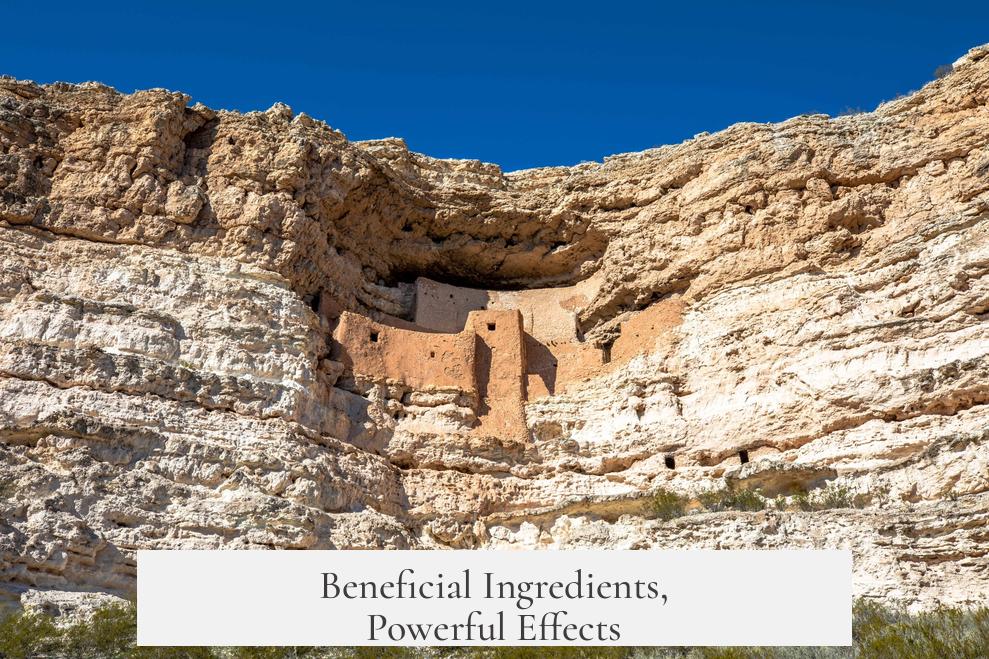
Both cocoa and chili peppers boast impressive health benefits.
- Cocoa contains antioxidants, trace amounts of caffeine, and micronutrients like magnesium and iron. These antioxidants help fight oxidative stress, which damages cells.
- Chili peppers contain capsaicin, known to boost metabolism, reduce inflammation, and promote cardiovascular health.
Combined, these ingredients create a potent drink that is energizing and possibly even health-supportive. It’s hard to imagine heavy cocoa drinking being detrimental, especially given the nutrient profile.
The Mystery of Fifty Cups: An Exaggeration or a Status Symbol?
The claim that Montezuma consumed 50 cups a day sounds excessive—like gulping down a gallon of energy drink.
Historians suggest this figure was exaggerated to convey his power and wealth. The cacao plant was semi-sacred in Mesoamerican cultures. It symbolized status and prestige.
Cocoa beans were so valuable they sometimes functioned as currency. Drinking copious amounts of cocoa was like medieval royalty showing off rare spices or silken fabrics.
Thus, the “50 cups” number likely served propaganda purposes—an image of abundance and divine favor.
So, What Were the Health Effects On Montezuma?
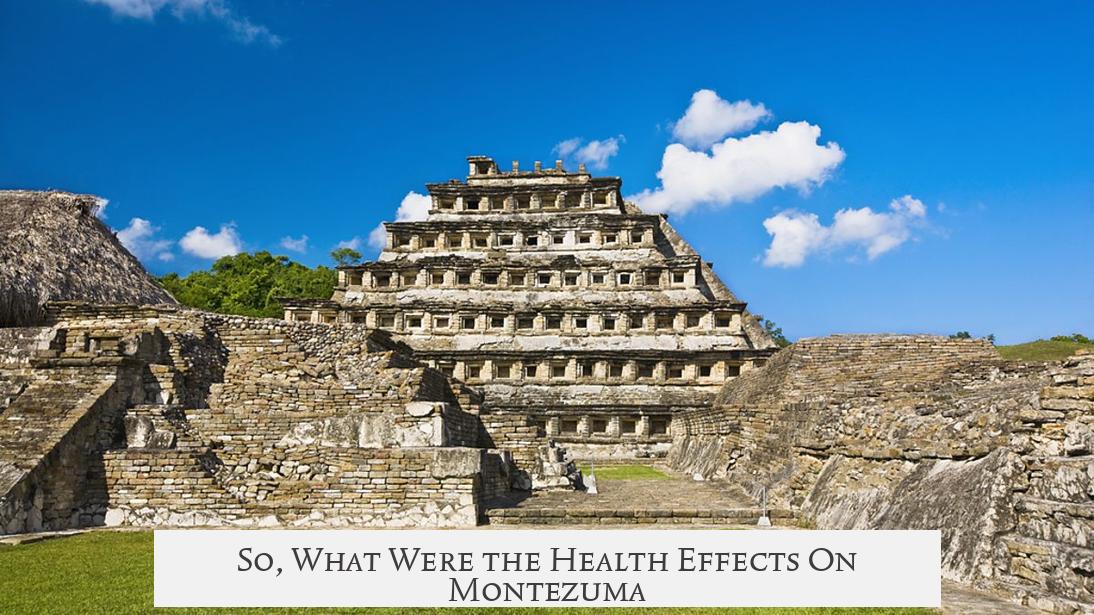
Since we lack detailed records of his personal health, we rely on clues from what we know about cocoa and chili consumption.
| Potential Positive Effects | Possible Negative Effects |
|---|---|
|
|
Based on what is known, Montezuma’s regime probably supported alertness and stamina, important traits for a warrior-king. The antioxidants and vitamins would combat oxidative damage from stress and battle.
However, the chili’s spiciness might have irritated his stomach if consumed in huge quantities. Yet, traditional diets in that region favored spicy foods, so tolerance was likely high.
In summary, Montezuma likely experienced a net benefit. His cocoa drink was medicinal and energizing rather than a health hazard.
Lessons from Montezuma’s Cocoa Drinking
This story invites us to question historical claims and appreciate cultural contexts. It also highlights how foods once reserved for elites can improve health when enjoyed thoughtfully.
Today, experimental drinks inspired by Aztec cocoa recipes occasionally pop up in specialty cafes. Imagining how a bitter, spicy cup bursts with antioxidants challenges our assumptions about comfort food.
Ever wondered if your morning coffee matches Montezuma’s brews in pure energy? Probably not, but next time you take a bitter sip, remember you’re drinking a descendant of an ancient performance drink.
In Closing: What Can We Really Say?
Montezuma’s 50 cups a day claim is _probably_ an epic tale of status and power, not strictly a health diary. The drink itself was nutrient-dense, spirited with fiery chili and potent antioxidants. This blend likely boosted his vigor without causing serious harm, given his culture and genetics.
So if you’re thinking about guzzling dozens of cups of cocoa today, maybe stick to a few. But appreciate the legacy of a drink that’s been a symbol of vitality, strength, and prestige for centuries.
Have you tried a bitter, spicy cocoa? Would you dare to channel Montezuma for a day and see how you feel? Spill your thoughts below—we’re all ears!
